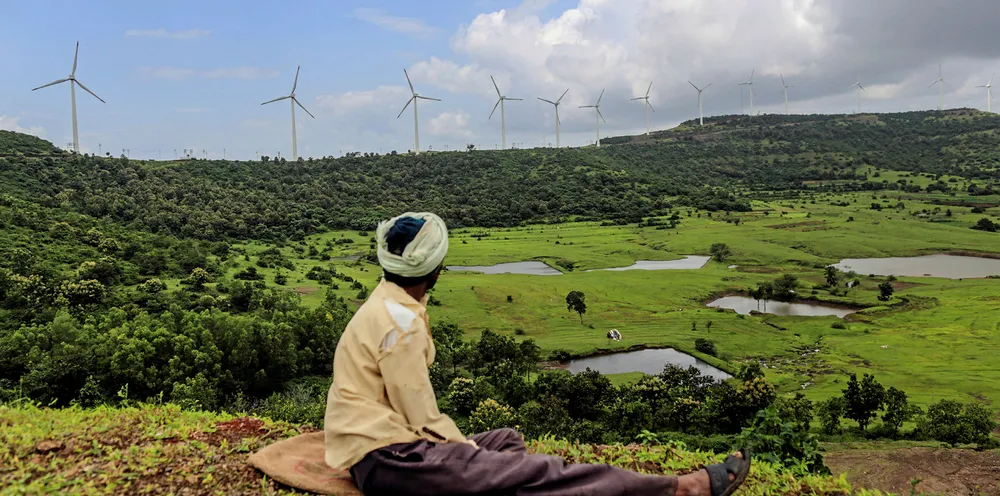Wind to feed a third of world's power by 2040: Siemens Gamesa study
Report highlights wider socioeconomic benefits of the sector, including reduction to air pollution and water savings

Report highlights wider socioeconomic benefits of the sector, including reduction to air pollution and water savings
